supplychainreport — July 31, 2025
The United States will impose a 25% tariff on Indian exports starting August 1, President Donald Trump announced Wednesday, citing concerns over what he described as longstanding trade imbalances and restrictive non-tariff barriers.
The tariff announcement comes as the U.S. and India continue negotiations toward a bilateral trade agreement. Despite earlier progress following a February summit in Washington and subsequent meetings in New Delhi, key issues remain unresolved, including agriculture access, tariff exemptions, and regulatory hurdles.
India had hoped to secure preferential tariff treatment similar to other Asian economies, including Japan and Vietnam, which recently reached deals with the U.S. that reduced their effective tariff rates to 15%–20%. In contrast, India’s tariff rate is set at 25%, making it one of the highest among current U.S. trading partners.
In a statement, India’s government reiterated its commitment to achieving a “fair, balanced and mutually beneficial” trade agreement. It emphasized the importance of protecting domestic industries such as agriculture and small enterprises, and said all steps would be taken to safeguard national economic interests.
While the U.S. administration noted concerns about India’s high average tariff levels—among the highest globally, according to WTO data—negotiators from both countries have signaled willingness to continue talks. Vice President JD Vance previously met with Indian Prime Minister Narendra Modi in April to outline terms of reference for a comprehensive trade agreement, with a fall 2025 deadline still on the table.
Economists and trade analysts said the 25% tariff could impact India’s export competitiveness, particularly in sectors like smartphones, electronics, and pharmaceuticals, which were previously considered for exemptions. Some observers cautioned that if sector-specific relief is not granted, India could face a disadvantage relative to peers such as Vietnam and Indonesia.
Following the announcement, India’s rupee declined in offshore and onshore trading, and futures on the Nifty 50 index retreated by up to 0.5% amid investor concerns over potential disruptions to trade flows and market sentiment.
Despite current tensions, experts suggest the trade talks may continue, noting that previous U.S. negotiations with Japan and the European Union also experienced setbacks before final deals were reached.
The U.S. remains India’s largest trading partner, with total bilateral trade valued at $128 billion in 2024. American officials have reiterated the goal of achieving expanded market access for U.S. industries, particularly in agriculture and advanced manufacturing.
Negotiators on both sides are expected to revisit the possibility of phased tariff relief and market access adjustments in the coming weeks.
#TariffsAndDuties #USIndiaTrade #TradeNegotiations #SupplyChainNews #MarketUpdate

















